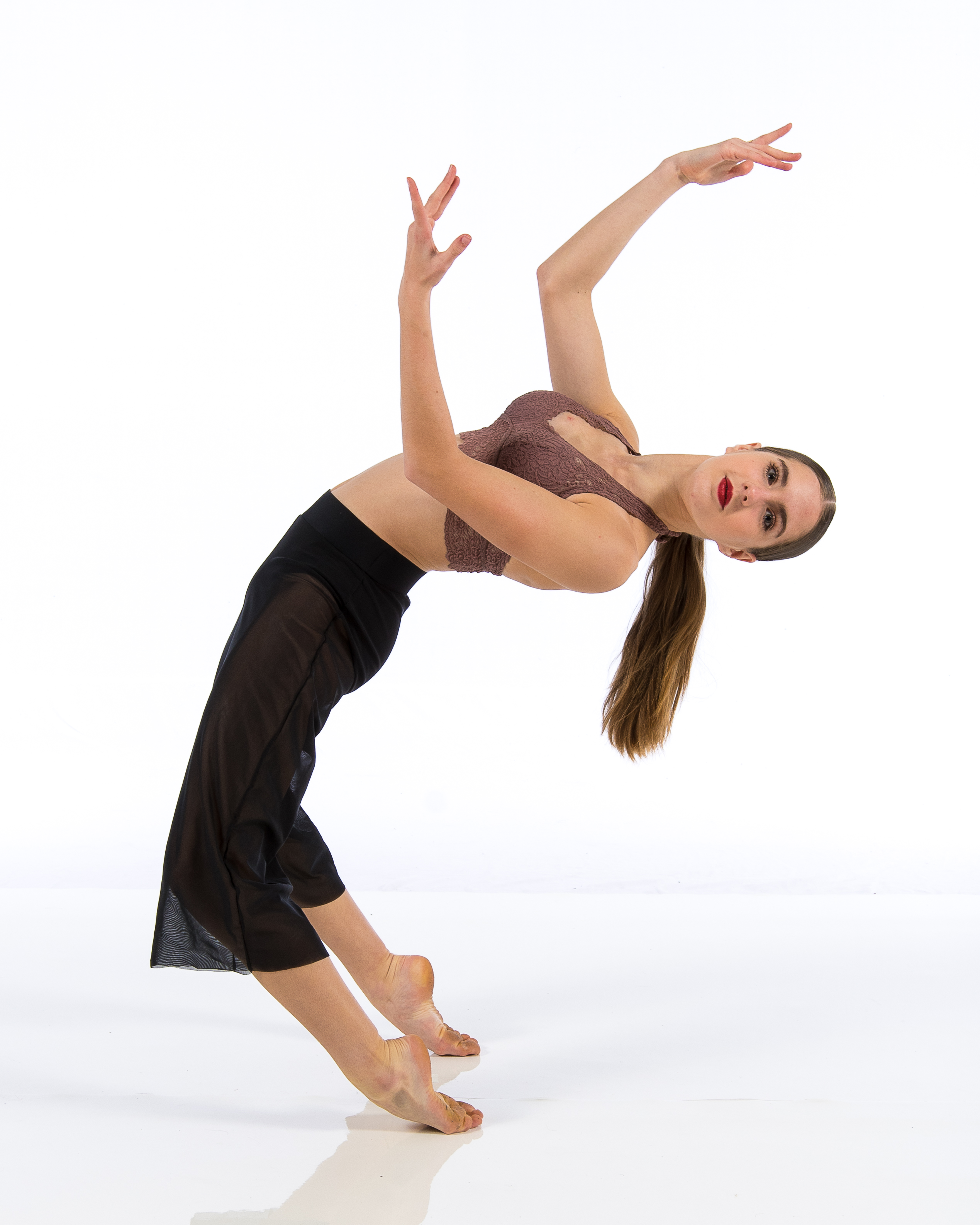Introduction
In today's fast-paced world, individuals often find themselves grappling with stress, anxiety, and emotional turmoil. As we search for effective ways to cope, many have discovered the profound impact of dance as a form of therapy. This article delves into the healing power of quality dance studios in communities, exploring how they provide not just a space for movement but also an avenue for emotional expression and personal growth.
From children to seniors, everyone can benefit from the therapeutic aspects of dance. So, what makes dance such a powerful vehicle for healing? Let's explore this fascinating intersection of art, community, and wellness.
Dance as Therapy: The Healing Power of Quality Dance Studios in Communities
Dance is more than just a series of movements; it's a language that speaks to the soul. In quality dance studios around the globe, this language becomes a potent tool for healing. Whether it's through ballet, hip-hop, contemporary dance, or even folk dancing, these studios offer environments where individuals can connect with their bodies and express emotions that often remain unspoken.
Why Choose Dance as Therapy?
The Emotional Benefits of Dance
Dance allows individuals to express feelings they may struggle to articulate verbally. For many, movement becomes a release valve for pent-up emotions. It encourages spontaneity and creativity that can lead to emotional breakthroughs.
Physical Health Through Movement
Engaging in dance is not only beneficial for mental health but also for physical well-being. Regular movement improves cardiovascular health, enhances flexibility, and fosters balance and coordination.
Social Connections Fostered by Dance
Quality dance studios create communities that foster relationships among participants. These connections can provide crucial support systems that enhance emotional resilience.
The Role of Quality Dance Studios
What Defines a Quality Dance Studio?
A quality dance studio is characterized by its welcoming atmosphere, experienced instructors, and diverse offerings tailored to various age groups and skill levels. Such environments nurture creativity and encourage individual expression.
The Importance of Qualified Instructors
Instructors in quality dance studios are often trained in not only choreography but also psychology and therapeutic practices. Their expertise ensures that students are guided safely through their emotional journeys while exploring movement.
Types of Dance Therapy Programs Available
Community Classes vs. Private Sessions
Quality dance studios typically offer both community classes and private sessions. Community classes promote social interaction while private sessions provide personalized attention tailored to individual needs.
Specialized Programs for Different Age Groups
From Check over here toddlers to seniors, specialized programs cater to different age groups. Each program focuses on relevant themes Dance Studio Tigard such as confidence-building for children or mobility enhancement for older adults.
Integrating Dance Therapy Into Daily Life
Simple Steps to Get Started with Dance at Home
Set Aside Time: Dedicate time each week specifically for dancing. Choose Your Style: Explore various genres until you find one that resonates. Create a Comfortable Space: Ensure you have enough room to move freely. Use Online Resources: Utilize online classes or tutorials if attending a studio isn’t possible.Personal Stories: Transformative Experiences Through Dance
Case Study 1: Overcoming Anxiety
Meet Sarah—a young woman who battled severe anxiety stemming from her work environment. After joining a local dance studio where she participated in expressive movement classes twice weekly, she found solace in her newfound ability to communicate her feelings through dance rather than words.
Case Study 2: Building Confidence in Children
James was shy and withdrawn until his parents enrolled him in a hip-hop class at their local dance studio. Through engaging choreography and supportive peers, he blossomed into a confident young performer who now eagerly participates in school events.
Community Impact of Quality Dance Studios
Building Bridges Across Cultures
Many quality dance studios engage with diverse communities by offering culturally rich programs that celebrate various traditions through movement—promoting inclusivity while fostering cultural appreciation.
Economic Contributions to Local Communities
Quality dance studios can stimulate local economies by attracting residents who may patronize nearby businesses before or after class—creating vibrant community interactions beyond the studio walls.
Frequently Asked Questions (FAQs)
Q1: How does dance therapy differ from traditional therapy?
A1: While traditional therapy often focuses on verbal communication between therapist and client, dance therapy utilizes movement as its primary form of expression—allowing individuals to explore feelings through body language rather than words alone.
Q2: Can anyone participate in dance therapy?

Q3: What should I wear to my first class?
A3: Wear comfortable clothing that allows freedom of movement; many dancers choose leggings or workout attire along with supportive footwear appropriate for their chosen style.
Q4: Are there any age restrictions for participating in dance therapy?
A4: Generally speaking, most quality dance studios offer programs designed specifically for different age groups—from toddlers learning basic movements to seniors focusing on maintaining mobility.
Q5: How long does it take to see benefits from participating in dance therapy?
A5: The timeline varies per individual; some may notice changes after just a few sessions while others might experience gradual improvements over weeks or months depending on personal circumstances.
Q6: Is it necessary to have prior dancing experience?
A6: No prior experience is needed! Many participants start fresh without any background in dancing—the focus is on exploration rather than perfectionism!
Conclusion
As we've explored throughout this article on "Dance as Therapy: The Healing Power of Quality Dance Studios in Communities," it's clear that the benefits extend far beyond mere enjoyment or fitness. These studios serve as sanctuaries where individuals can heal emotionally while forming strong communal bonds through shared experiences—ultimately enriching both personal lives and community ties alike.
Whether you're looking to alleviate stress or simply want an outlet for creativity and expression—consider stepping into your local quality dance studio today! Embrace the transformative journey awaiting you through movement; it might just change your life—and those around you—for the better!